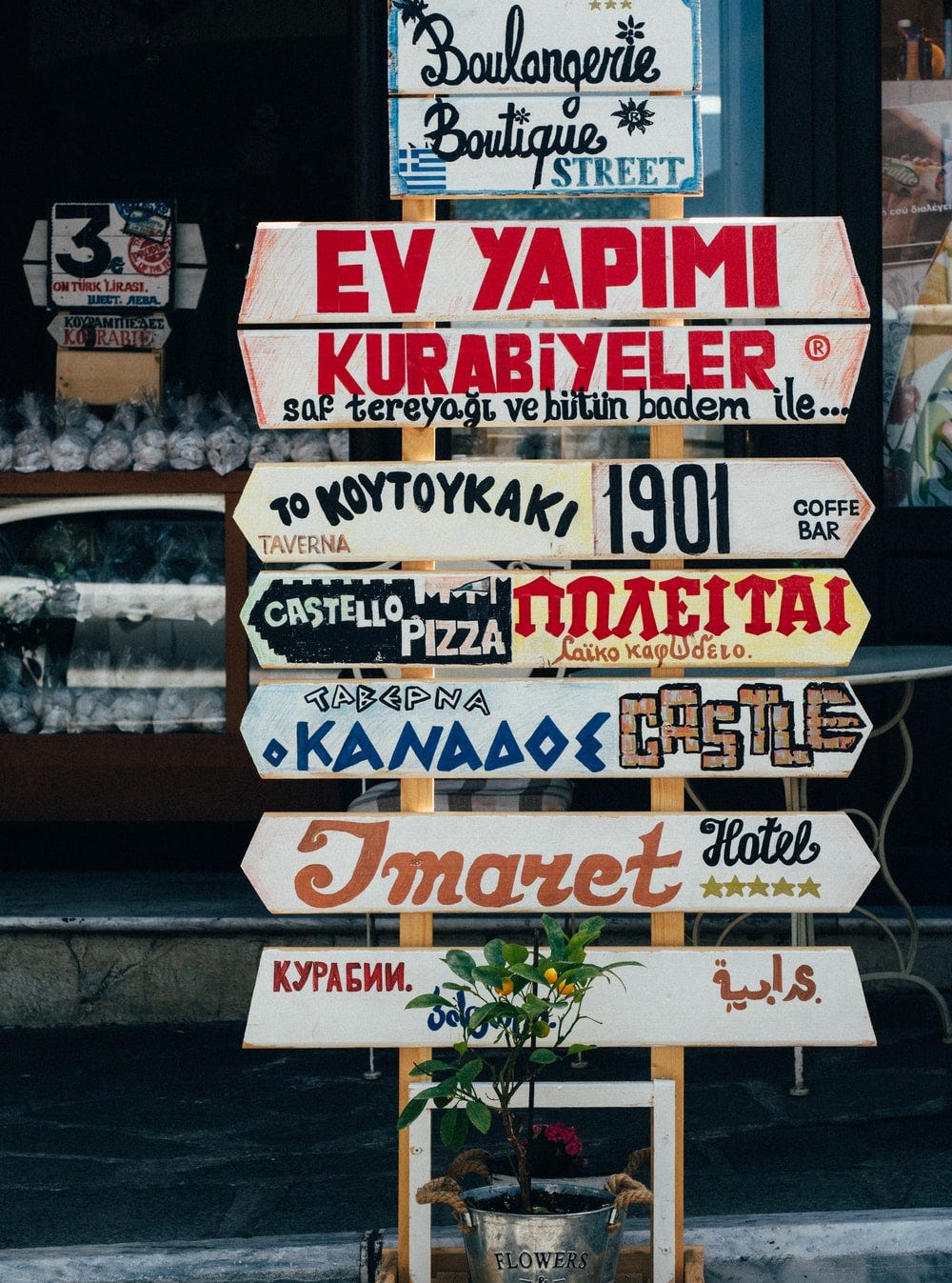Why localization matters and how to help a translator
A dive into the deep end of localization: How is it done? What do you need to keep in mind? And how can you make sure it goes well?
Let`s say you have a product. After years of continuous efforts and adjustments, everything is going well and you start to think about how and where expand it to other markets. What’s the path? How do you adjust contents and products to a new cultural environment?

This applies to whether you hire a freelance translator, translation agency, or home language expert. Localization requires research and unique skills to improve your work. If you take it seriously, it will reward you with great results and a strong presence in the local market.
Localization, what is it?
Localization is the process of aligning a product from one market to another. In the context of this article, we will discuss how to translate product text or other types of copies and apply it to new markets. Keep in mind that you may need to make significant changes to your voicemail, messaging, and even design to make your product unique.
How to localize your content
Step 1: Your brand and goals
Like I said, you should determine your brand voice. It is also useful to predefine goals for UX text and copy. When you are done, you will use these insights to create translation summaries and style guides. They also affect the copy you write. Suppose you already know exactly how your brand should be pronounced, and there is a clear specification document that outlines the job you will be doing and what your goals are.
Step 2: Your copy
Here, you can complete all the content defined in the previous step and write the brand user experience text. UX writing is an art form in itself, so your text should match its intent and sound like your brand. Therefore, once your final copy is practical, beautiful, and capable of driving action, you are ready for translation. This usually involves copying them into a spreadsheet or doc file. Sometimes, you upload them to the CAT tool (the tool is dedicated to improving translation and localization workflows).
Step 3: Your context
So, what do your trasnaltor needs to make the translation fit for you?
At a minimum, you should include a style guide and a brand profile specifically adapted to the needs of your project. You may need to include some specification about personality and voice of your brand, a brief about your goals for this particular project and, most important, what your target audience is.

Step 4: Translation
That's it! The translator can process all the contents you send and start working. The button is pressed.
In order to get a fluent target copy, you don’t want translators to translate word by word. You want them to take the core meaning of the original copy, mix it with some local knowledge and grammar, and create a matching copy in their language within the appropriate scope. That's where the alchemy of good translation lies a black cauldron full of contextual soup.
A good way to help translators ensure is to create a dedicated translation checklist. It should include the core instructions you want to follow-for example, make sure the translation is gender-neutral, or verify that the intonation is formal.
Step 5: Proofreading
Translators are human and often make mistakes. This is why we need another human to handle the work.
At this stage, you (or another one) should check the translation to ensure its quality and the stickyness to the original version. Reviewers should also follow the translation abstract and style guide to ensure compliance with the rules.

Step 6: setup and check
Once you've implement the target copy in your website, app, or any other place, things will go wrong. Some languages are longer or shorter than others. Others have super-specific layout demands you will forget about. Some will need a special font, or require you to change the format. The possibilities are endless.
During this phase, you will go over the localized content in its layout to make sure everything fits as it should. Once everything gets green-lighted, do another, quicker round of check to make sure everything was fixed properly.
Step 7: Repeat
It’ done! Take some time to celebrate and go over the next translation. You’ll soon have a new version to implement.
Thanks for reading! 🙏
If you feel like talking, connecting or just want to see what I’m up to, we’re on italianswho.design and you can contact us on info@italianswho.design



